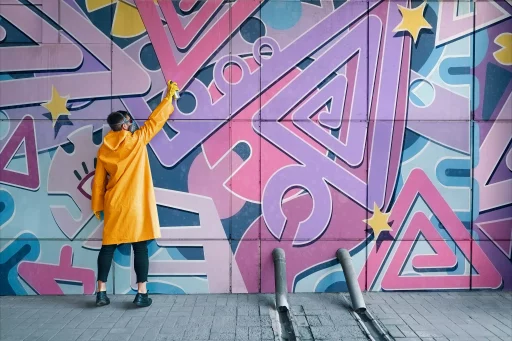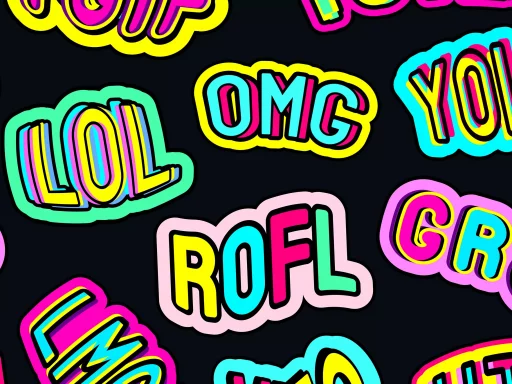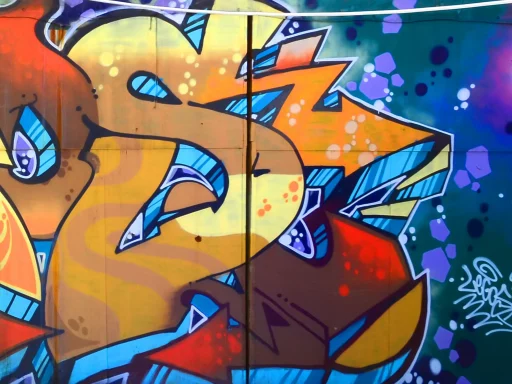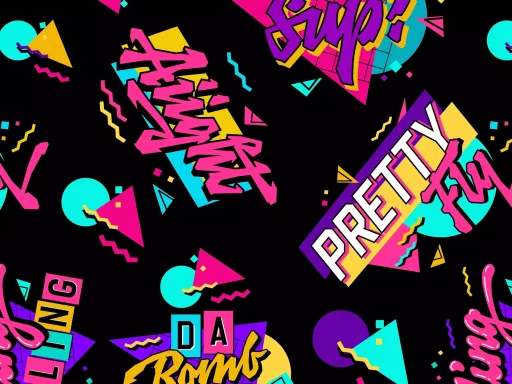Introduction to Swag
In the ever-evolving world of slang, few terms have garnered as much attention and varied interpretations as “swag.” Originating from different contexts over the years, the term has now become synonymous with a certain attitude and style. This article delves into the meaning of swag in slang, exploring its origins, usage, and cultural significance.
The Meaning of Swag
Swag is commonly understood to represent a cool or trendy demeanor, encompassing not just style, but also confidence and charisma. According to the Dictionary.com, swag can refer to a person’s ability to impress others. It embodies a sense of self-assuredness and a unique flair that stands out.
A Brief History of Swag
The term swag has roots that date back to the early 19th century when it referred to stolen goods or loot. However, its cultural context shifted dramatically during the late 20th century, particularly within hip-hop music and youth culture.
- In the 1980s, swag began to gain traction in urban slang, emphasizing style and attitude.
- The 1990s saw the rise of famous hip-hop artists and entertainers who used the term to define their lifestyle, fashion, and success.
- By the 2000s, swag became mainstream, with celebrities and influencers adopting it to promote personal brands.
Swag in Popular Culture
Swag has permeated various aspects of popular culture, from music to fashion and social media. High-profile artists such as Kanye West and Drake have incorporated the term in their lyrics, further popularizing it. For example:
- In Kanye West’s song “Swagger Like Us,” the concept of swag is defined by one’s confidence and style.
- Social media influencers utilize the term to describe their unique content and lifestyle, showcasing what makes them stand out.
The Rise of Swagger Culture
With the surge of social media platforms, the concept of swag has transformed into a full-blown culture. The term now encompasses an entire lifestyle, with many attempting to showcase their swag through platforms like Instagram and TikTok. A statistical analysis from Statista indicates that:
- Over 60% of millennials identify as having a personal brand that emphasizes their unique swag.
- Brands are increasingly collaborating with influencers recognized for their swag, tapping into audience engagement.
Examples of Swag in Action
To illustrate the integration of swag into various domains, here are a few case studies:
Case Study 1: Youth Fashion
Brands like Hypebeast have emerged, focusing on streetwear and exclusive drops that define swag culture. These brands dictate trends, with consumers often queuing for hours to obtain limited-edition items, showcasing their commitment to the swag lifestyle.
Case Study 2: Social Media Influence
Influencers like Emma Chamberlain exemplify swag through their distinct style and authenticity. By promoting brands and fashion collaborations that align with their personal swag, they inspire millions of followers, proving that swagger transcends mere fashion.
Swag vs. Other Slang Terms
While swag is commonly used, it’s essential to understand how it compares to other slang terms, such as:
- Flavor: Typically refers to someone’s taste or uniqueness.
- Vibe: Describes a person’s aura or energy, often overlapping with the concept of swag.
These terms share similarities but highlight different facets of the persona being conveyed. Swag emphasizes an outward presentation of confidence and style.
Conclusion: The Legacy of Swag
Swag has evolved from its origins to become an emblem of modern cultural identity. It signifies much more than just style; it embodies confidence, creativity, and individuality. As language and culture continue to evolve, swag is likely to adapt and reshape its meaning, proving once again that slang is a reflection of societal trends.





